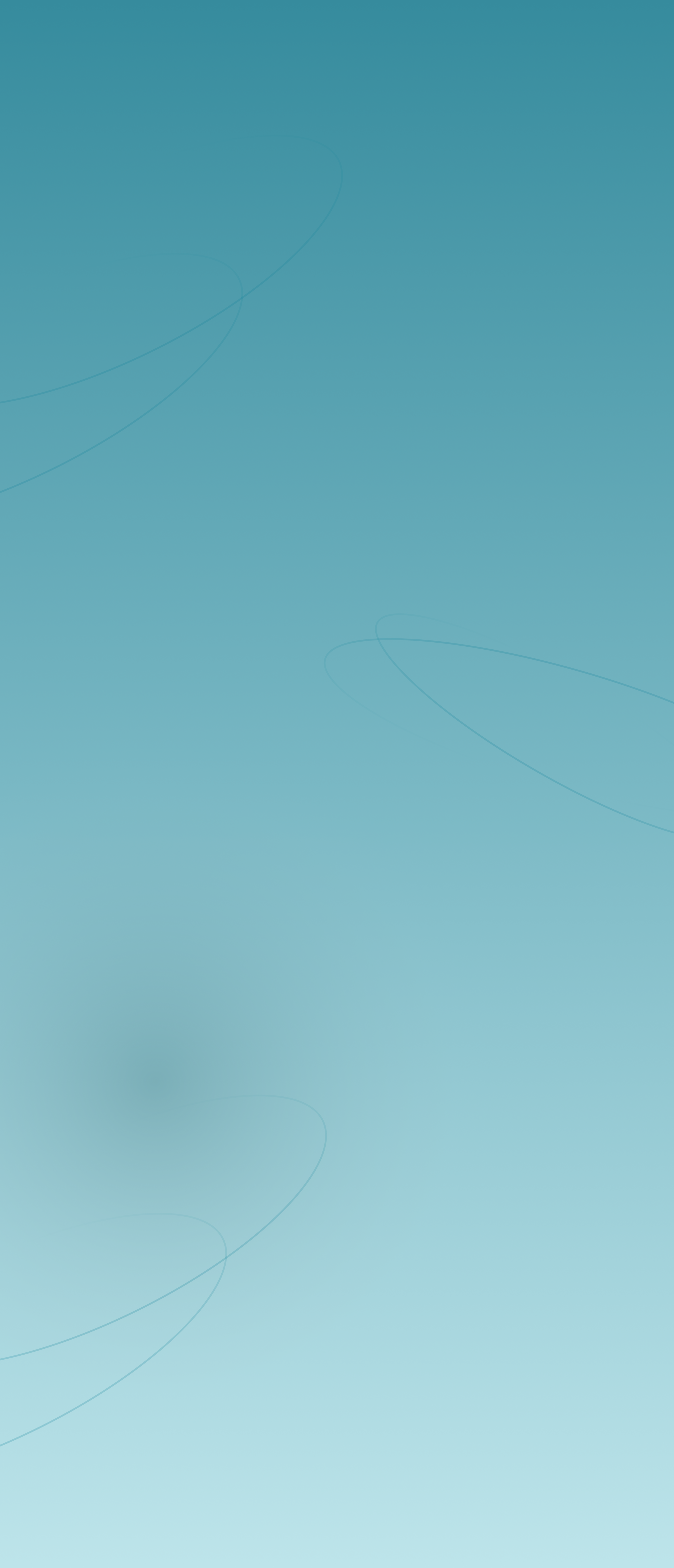
A concept web app that aims to eliminate barriers keeping people from exploring and pursuing new careers by providing educational resources and support.
Team
Zachary Jasper (Visual Design Lead)
Holly Shapnick (UX Researcher)
Diana Barreto (Planning Lead)
Duration
3 Weeks
My Role
UI Lead
Product Designer
Objectives:
Build a platform for users looking to make career changes
Connect users with meaningful educational resources to learn new career skills
Build a platform that can help job seekers narrow down career options
Deliver a hi-fidelity prototype
Develop a web application that helps people advance in their careers through personalized learning.
Challenges:
Determine who our users were and what service they could actually benefit from
Develop a method in which undecided career seekers could explore unfamiliar options
Project Overview

Each year 32% of Americans make a dramatic career change. Career transitioners often spend many long hours searching through countless websites and videos for career options.
Because there are an innumerous amount of pathways and career options to choose from, job seekers are often overwhelmed and unable to feel confident in a decision.
The Challenge
Problem Statement

-
Conduct secondary research, surveys, and interviews to learn from pre-existing user experiences.
-
Define what users require to learn new skills and pursue alternative career paths. Sketch paper, low, and mid-fidelity prototypes for users to seamlessly navigate Pivvot
-
Synthesize our research to produce a high fidelity web application that addresses user needs, finalize with user testing.
Project Plan
User research was conducted by an online survey of 123 people asking about their career journeys and learning habits in the past 12 months, helping us identify what resources our users need to support their learning and career transitions.
Research and Identifying the Problem
Where Are You On Your Career Journey?
123 Users Surveyed
Demographics

Through affinity mapping the data gained from user interviews we discovered pain points in the job hunting process, such as lack of:
Emotional and financial hardships
Community support
Difficulty knowing where to begin their career discovery
Affinity Mapping
From our user survey we filtered participants down to 3 groups and began interviews to gain user insight.
The 1st group “Dream Career” included people who had their dream careers, which helped us understand how they identified their perfect job and their journey to get there.
The 2nd group “Successful Transitions” consisted of people that had successfully transitioned careers. We wanted to learn how and why they decided to make a career switch.
The 3rd group “Currently Career Transitioning” included people who were planning to/or currently making a career change to understand their plan and where they are in their journey.
Synthesizing Participant Data

We realized early on that numerous people from many geographical locations were needing tools and resources to help them with their career and learning goals. This was a large reason as to why we decided to expand our web application to a larger user base rather than limit it to ONLY residents of DC.
Using the information gathered from our interviews, we narrowed down what features our platform should offer users.
Everyone we interviewed was pursuing some sort of learning to better their skills.
There were many personal learning styles so we knew we needed to provide a variety of learning options to meet our users’ needs.
Majority of those interviewed wanted an element of social learning either to collaborate with others, bounce ideas around with, or network.
Key Takeaways

From our research, we identified two key groups of people looking for support.
The First group is like Melissa. She is looking to network and learn new skills so that she can advance in her career and connect with others. She would like to mentor other people breaking into her industry.
The Second group are like Miller. Burnt out in their current position and yearning to make a career change to improve their overall work satisfaction and work-life balance.
Miller isn't quite sure what career path he should pursue and would like a tool to help him narrow down possible career options. Feeling overwhelmed and unsure where to start or what careers align with his desires and current skills.
Building Personas
Whether it is the recent grad looking to start a new career in their field, or a fed-up employee looking to begin a new career, or a working professional looking to mentor up and coming talent, we outlined the path we want the users to move in so they can enjoy a seamless experience and achieve their goals through Pivvot.
Although it may appear straightforward at first, deciding what should be present in the global navigation bar was actually not so simple. We conducted an open card sort and closed card sort to determine how and where we should organize sections of the Pivvot website. We did this because there were conflicting ideas on where our features on the website should be found, and ultimately we are designing for the user. Through running card sorts we found out exactly where users would navigate to find features.
Closed Card Sort Results
Site Map
Information Architecture Through Card Sorting
To construct the final UI style guide for Pivvot we aimed to stick to images and colors that were welcoming and calming. Research suggests that green and blue were most associated with these feelings. Green symbolizes new growth and a fresh beginning.
UI Components & Style Guide
Color
Typography - Neurial Grotesk
Icons
Buttons
Header
Footer
Logo and Illustrations
#0F6464
#3E9696
#3E9696

Looking at our user interviews and research we focused on what shared struggles and successes participants had mentioned in our user research and began to iterate on them. Every team member drew preliminary sketches of the steps that users would take on their journey through Pivvot.
Prototyping
Low Fidelity
Mid Fidelity
High Fidelity
Low Fidelity
Mid Fidelity
High Fidelity
Low Fidelity
Mid Fidelity
High Fidelity
Low Fidelity
Mid Fidelity
High Fidelity

Our usability tests gave us insights we had not foreseen, allowing us to make changes to deliver the best final product tailored to our users needs.
During our usability testing, participants went straight for the sign up button, completely neglecting the “User Questionnaire” needed to customize their experience. We solved these issue by:
Repositioning the “sign up buttons” and moved the “I Want to find a new career / I want to learn a new skill” buttons to the top of the page for immediate visibility.
Changed buttons to grayscale to highlight buttons we wanted users to interact with.
Old
New
Removed the global navigation bar from the user questionnaire, allowing users to focus on the task at hand.
Added a “Back” button and “Progress Monitoring” sign in the quiz so users know how far along they are in the quiz, and become less likely to abandon the task by 90%.
Old
New
Users were first confused by immediately being thrown into the explore page after the “User Questionnaire”
We added this page to notify users that they had completed the “User Questionnaire.”
It also explains what to expect on the next page
Usability Testing
Reiteration for User Centered Design
Takeaways

Let’s Get in Touch!
Have an idea for an awesome project?
Need a UX Designer for an innovative solution?
Fill out the form on the right side to get in touch!























































